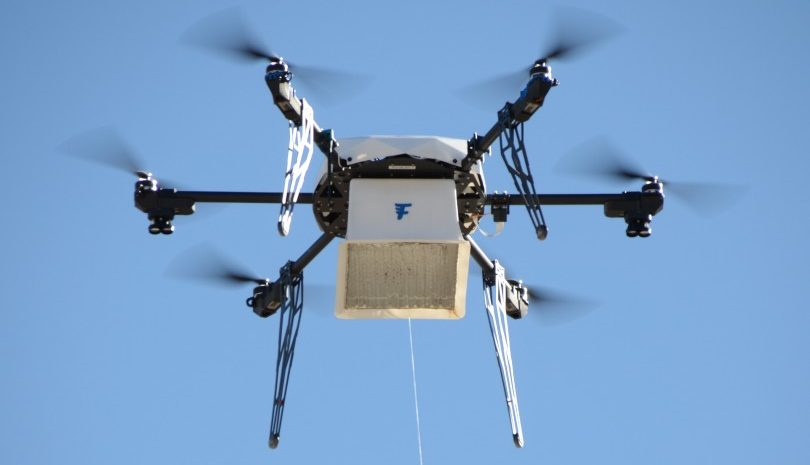Opinion: Drone delivery a pipe dream

You are so gullible, yes you! Seen those articles and videos showing pizza delivery to your door or a drone delivering your online order? We’ve published a few of articles about this on Internet Retailing too.
What a fantastic idea seeing your burger from the local burger joint cruising over your neighbour’s roof to safely arrive at your front door ready to eat, or your parcel ordered online delivered to your remote farmhouse, or is it? Do you actually believe this?
Maybe this will happen in countries with fewer or no laws on safety, use of radio frequencies or airspace. However, the litigious nature of Australia and most “over” developed countries will impede the use of these technologies until they can be deemed so safe that no one will suffer an injury or loss.
When the press espouses new technologies that will change our lives forever, their continual reinforcing of these technologies is the very thing that often brings them to life. And as consumers of media, people absorb it and say ‘wow’ without thinking any further.
Let’s look at drones and driverless delivery a bit more intuitively and realistically.
Imagine an automated robotic delivery vehicle that will deliver your pizza to you hot and fresh from your local pizza franchise. What a great idea, until you consider all the things in the way of this delivery being carried out successfully.
Firstly, with or without the best sensors and artificial intelligence, the device has the risk of striking a pedestrian, bike, car or object. The device is also subject to being pelted with objects, shot at, vandalised or even picked up and stolen by vandals. Perhaps it will be considered a vehicle and local lawmakers will suggest that it cannot operate on paths or cross busy roads.
What about drones making deliveries by air? Anything airborne poses even more risks, such as colliding with poles, power lines, houses and buildings, not to mention hitting people or animals. Some drones with six to eight propellers can inflict serious injury if they strike a person or object at speed.
An industry that has used drones legally and within context is rail. The German state railway used drones in 2013 to combat graffiti artists, and BNSF railway, the second largest freight railway network in the US, used a drone to video and photograph 140 miles of railway line in October 2015.
This was described as the first Federal Aviation Administration (FAA) approved beyond-visual-line-of-site operation carried out in the mainland US, and it took nine months to get FAA approval for this single journey alone. In June 2016 the FAA published new rules that require line-of-site use and do not go as far as allowing drone delivery services.
Even if drones or remote delivery vehicles were totally unregulated and anyone could use them, who would be flying them? The idea of preprograming GPS locations is sound in theory but still meets with all the physical and regulatory obstacles discussed previously.
Stop getting excited about drone trials or remote pizza delivery vehicles, a pipe dream at the moment and nothing more than marketing exercises by fast food chains, delivery operators and retailers. For the immediate future your pizza or post is going to be delivered by a human.
Comment Manually
You must be logged in to post a comment.

Comments
Steven P
Couldn’t agree more. Drone’s are powerful tools and will be a huge part of our future, but UAV’s (flying drones) for home delivery? I don’t think so at least in the short/medium term.